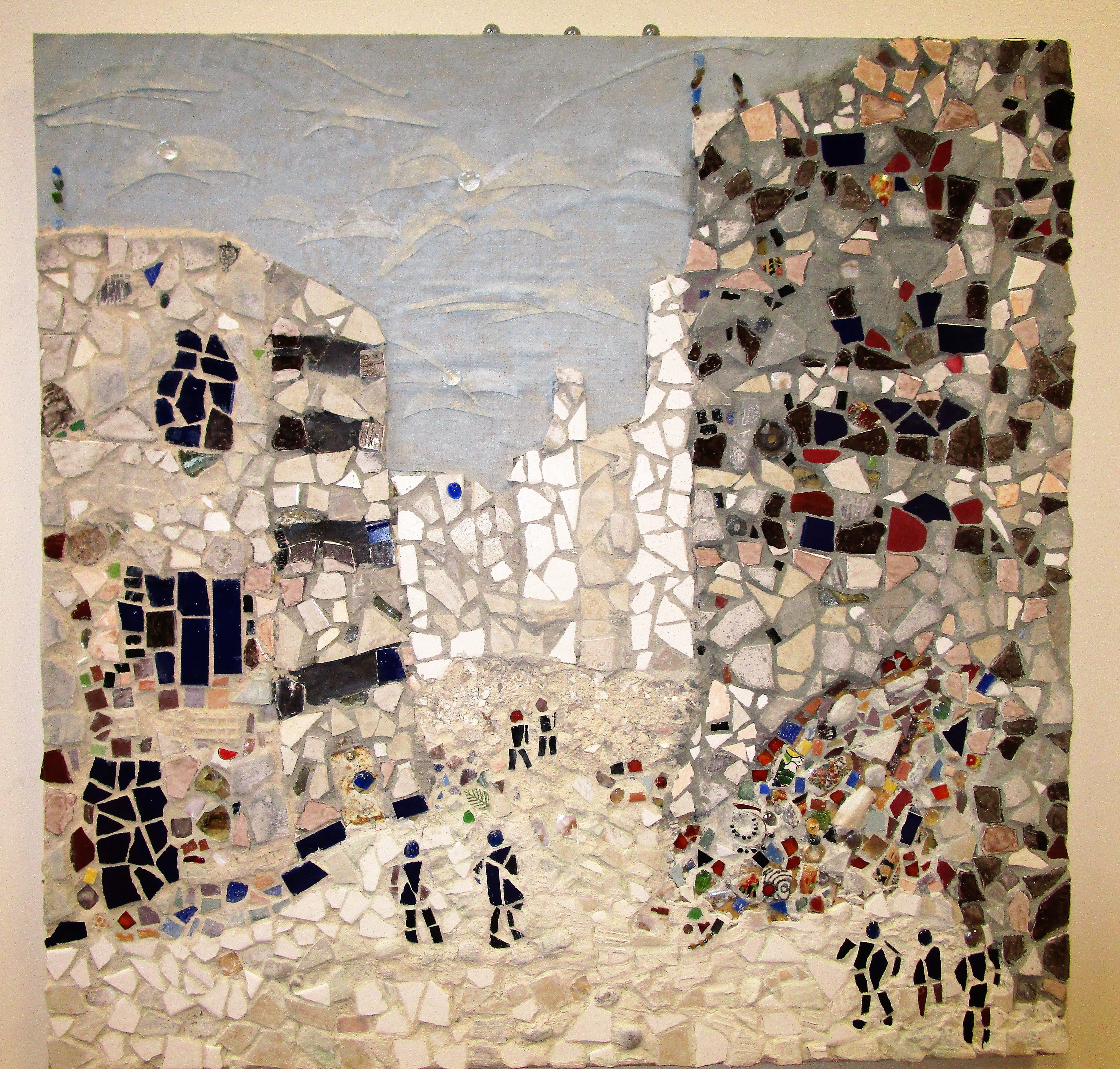I have always loved Psalm 121 (text below). It’s one of the Psalms of Ascent, which pilgrims to Jerusalem would sing as they walked toward the celebration of one of the three annual feasts. The opening phrase—“I lift up my eyes to the hills”—is so simple and evocative. It reminds us of those moments of quiet awe when we’re out in creation and can rest our eyes on distant hills or mountains.
I lift up my eyes to the hills—
from where will my help come?
My help comes from the Lord,
who made heaven and earth.[Our Creator] will not let your foot be moved;
the One who keeps you will not slumber.
The One who keeps Israel
will neither slumber nor sleep.The Lord is your keeper;
the Lord is your shade at your right hand.
The sun shall not strike you by day
nor the moon by night.The Lord will keep you from all evil;
Psalm 121 (NRSVUE)
the Lord will keep your life.
The Lord will keep
your going out and your coming in
from this time on and forevermore.
However, recently I’ve gotten a different vibe from this psalm. Creating an illustration to be included in The Peace Table Bible storybook brought this to the fore. Of course before beginning my image, I read the psalm again and meditated on its narrative. Why is the psalmist (or singer) lifting their eyes? It doesn’t seem to be for refreshment or awe. The speaker/singer needs help. And it’s not that a rescuing army is about to sweep over the crest of the hills! It’s God who will be the source of help.
“The Lord is your shade at your right hand,” promises the psalmist, so that “the sun shall not strike you by day, nor the moon by night.” This song is about a trek through a desert landscape where sunlight can be harsh and unrelenting, where night brings other dangers.
So I decided not to sentimentalize Psalm 121 in my illustration. I chose metal vintage-watch pieces for the sun, moon, and stars. On the left the figure—singer of this psalm—is panting with the effort of climbing under the sun’s glare. On the right the pilgrim has made it over the hill but must sleep in the open air in darkness, vulnerable to human raiders or wild animals. God’s help is needed for every step along the way.

More recently I’ve been crafting a picture book that tackles climate change and plastic pollution, and seeks to enchant readers with a vision of the beautiful communities of humans and other animals, plants and air and mountains, that can emerge when we take up the work of restoration and healing. This is a pilgrimage we’re invited into today: the journey of changing our lives to lessen climate change and keep Earth inhabitable. Let’s find songs that remind us of God’s loving attentiveness and help all along the way. Let’s find rhythms of joy and mutual care.
As always, you’re also invited to sign up for my newsletter, which will bring more art and meditations to your inbox!






 Helen adored gardening. This is one of her own photos.
Helen adored gardening. This is one of her own photos.





